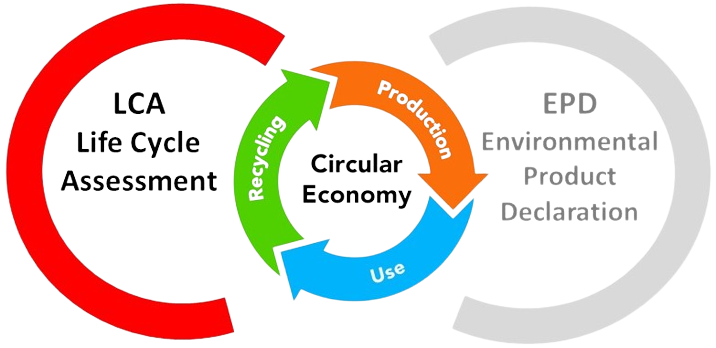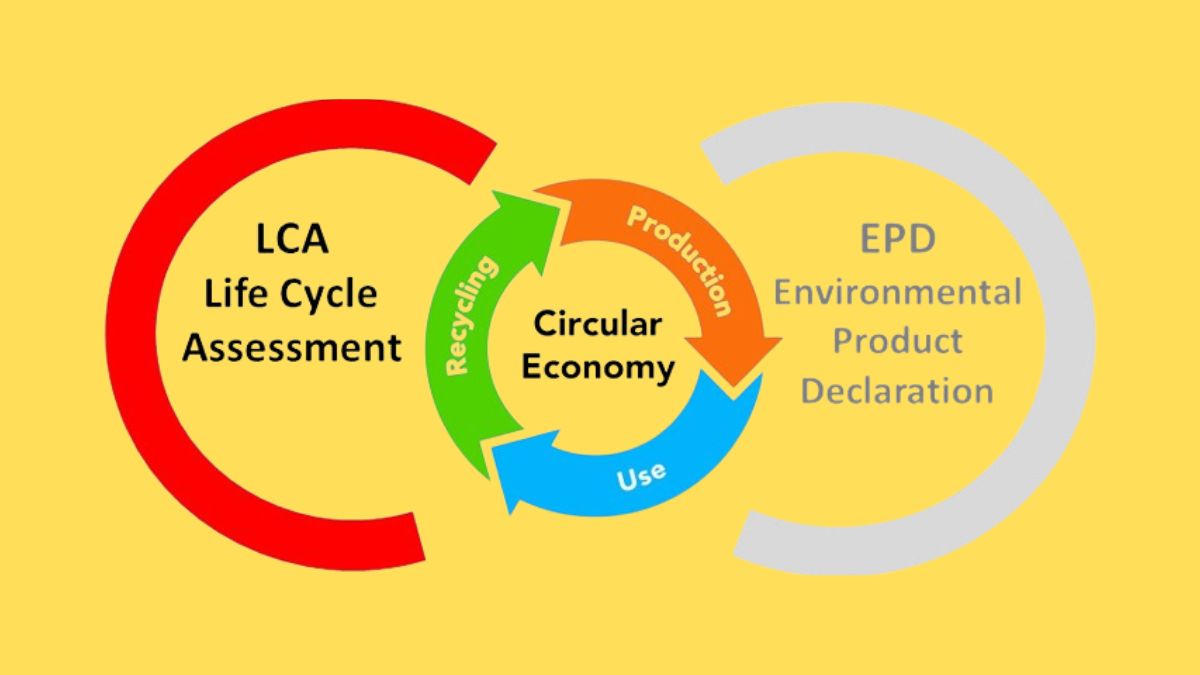Many sectors and institutions currently place a premium on environmental protection. ISO 14040 is an internationally accepted standard that details how to perform an LCA for the environment. The goals of this post are to learn more about ISO14040 and its many advantages. Individuals and organizations may make better judgments about their influence on the environment and the promotion of sustainability if they have a firm grasp of ISO 14040.
Understanding ISO 14040
The International Organization for Standardization (ISO) published ISO14040 as a standard to facilitate the practice of Environmental Life Cycle Assessment (LCA). Life cycle assessment (LCA) is a method that considers how a product, process, or service affects the environment from the time it is first conceived until it is finally discarded.
The Purpose of ISO 14040
ISO 14040’s main goal is to standardize the process of carrying out LCA investigations. Its purpose is to offer a method for evaluating environmental consequences that is both open and grounded in science. ISO14040 guides businesses in reducing their environmental impact by encouraging them to recognize problem areas, create sustainable practices, and make educated decisions.

Key Elements of ISO 14040
1. Goal and Scope Definition
Establishing the purpose and scope of the LCA is the first order of business. The first step is to define the context of the research, the scope of the system under investigation, and the unit of analysis.
2. Life Cycle Inventory (LCI)
Data on the inputs, outputs, and environmental consequences of each life cycle step of a product are gathered throughout the LCI phase. This information covers everything from sourcing raw materials to final disposal.
3. Life Cycle Impact Assessment (LCIA)
The LCIA stage involves analyzing the gathered data to determine the possible effects on the environment. Climate change, resource depletion, acidification, and eutrophication are only few of the issues that need to be assessed.
4. Interpretation
Analysis and presentation of the LCA research findings constitute interpretation. Insight into the relevance of the data and a foundation for decision-making and improvement plans are provided.
Benefits of ISO 14040
Numerous advantages may be gained by using ISO14040 and undertaking LCA studies:
LCA improves environmental performance by pointing out problem areas and suggesting solutions, so businesses may lessen their negative effects on the environment.
Optimization of products and processes through the use of LCA’s insights into product and process life cycles and the subsequent discovery of more environmentally friendly alternatives.
With the help of ISO14040, businesses may more easily comply with laws and regulations pertaining to environmental management and sustainability reporting.
Improved standing in the eyes of consumers, stakeholders, and the general public can result from a company’s demonstrated dedication to environmental stewardship.
Application of ISO 14040 in Various Industries
ISO 14040 can be used in a wide variety of fields. Some instances are as follows:
1. Manufacturing
Opportunity for eco-design, waste reduction, and energy efficiency enhancements in manufacturing can be discovered with the use of LCA.
2. Construction
Using ISO14040, construction firms may evaluate how various materials, methods, and decisions affect the environment.
3. Transportation
LCA helps assess the ecological footprint of various fuels and vehicles, allowing for the development of greener transportation strategies.
4. Agriculture
ISO 14040 facilitates analysis of the ecological effects of agricultural activities as planting crops, raising animals, and using pesticides.
5. Energy
Life cycle assessment (LCA) facilitates evaluation of energy producing technologies and guides selection of renewable energy projects.
6. Retail
Using LCA, stores may assess how their supply chains, packaging options, and product disposal practices affect the environment.
Challenges and Limitations of ISO 14040
Although ISO 14040 offers a solid foundation for LCA, it is not without its issues and limits.
Availability of Data: When working with complicated supply chains, it can be difficult to obtain precise and trustworthy data for each phase of the life cycle.
Environmental impact assessment can be subjective since different LCIA methods may produce contrasting findings.
Extensive in both time and effort: Some businesses may find it difficult to devote the time, money, and personnel needed to conduct a thorough LCA analysis.
Conclusion
ISO 14040 is an essential tool for advancing eco-friendliness and responsible business practices. Organizations can evaluate the effects of their operations on the environment by adhering to its principles. This allows for more sustainable and responsible choices to be made in the future.
Frequently Asked Questions (FAQs)
What is ISO 14040?
ISO14040, the International Standard for Environmental Life Cycle Assessment (LCA), provides such principles.
Why is LCA important?
Organizations may use LCA to better understand their environmental effects, prioritize sustainability, and make educated choices.
Who can benefit from ISO 14040?
ISO14040 may be used in many different fields, such as production, building, transportation, agriculture, power generation, and commerce.
What are the key elements of ISO 14040?
Determining objectives and scope, creating a life cycle inventory, conducting a life cycle impact analysis, and making sense of the results are all crucial steps.
Are there any limitations to ISO 14040?
The availability of data, the subjectivity of effect assessment, and the time and money required to undertake LCA studies all pose problems.











